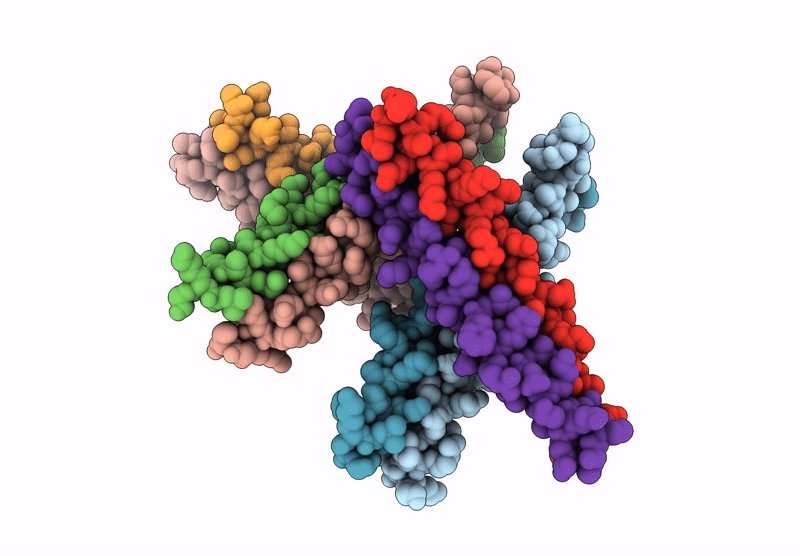
Deposition Date
2025-09-15
Release Date
2025-11-12
Last Version Date
2025-11-12
Entry Detail
PDB ID:
9WT3
Keywords:
Title:
NRBF2 coiled coil domain promotes autophagy by strengthening association with Vps15 in the PI3KC3 complex
Biological Source:
Source Organism:
Mus musculus (Taxon ID: 10090)
Host Organism:
Method Details:
Experimental Method:
Resolution:
2.25 Å
R-Value Free:
0.26
R-Value Work:
0.21
R-Value Observed:
0.21
Space Group:
C 2 2 21


